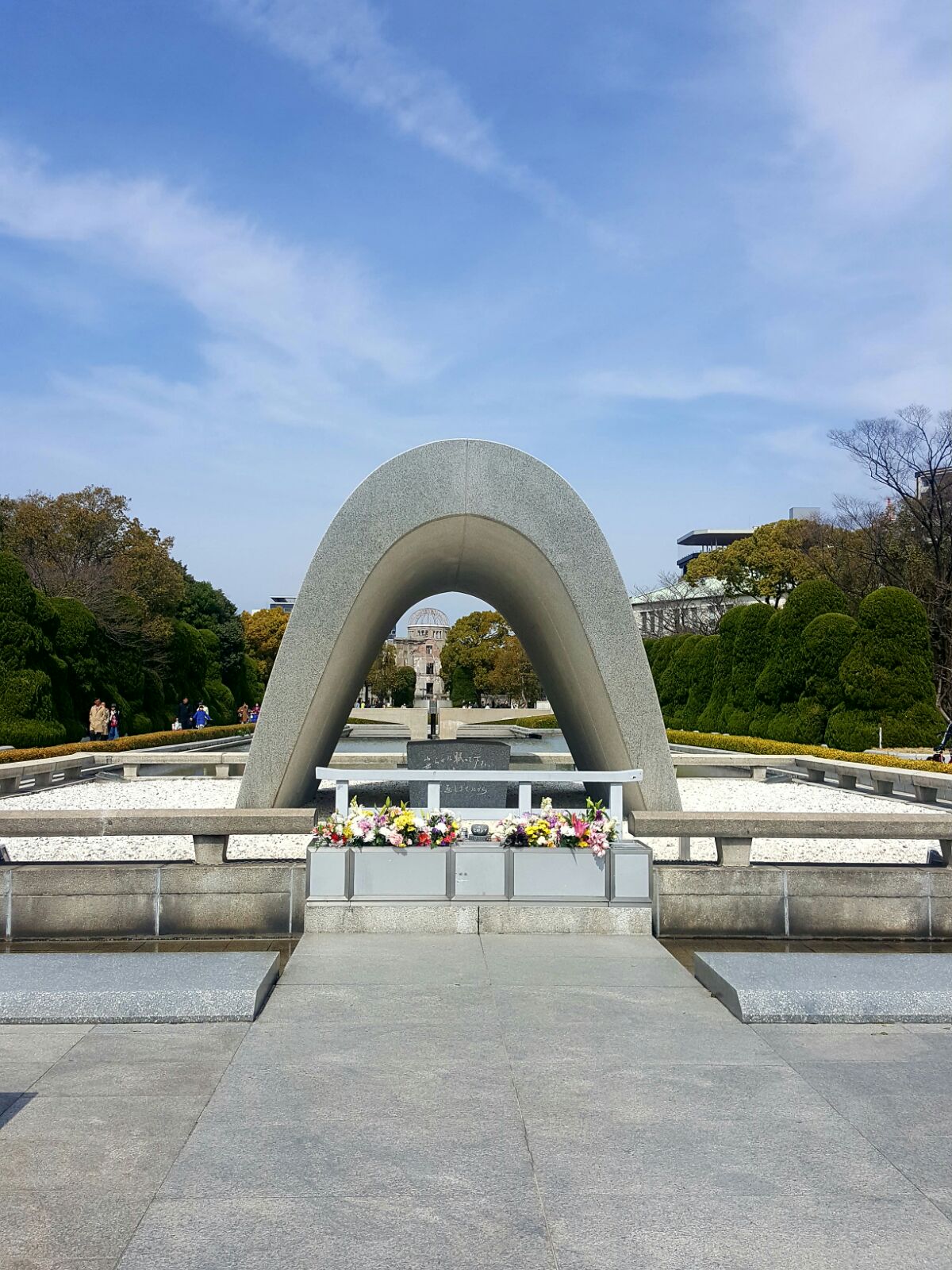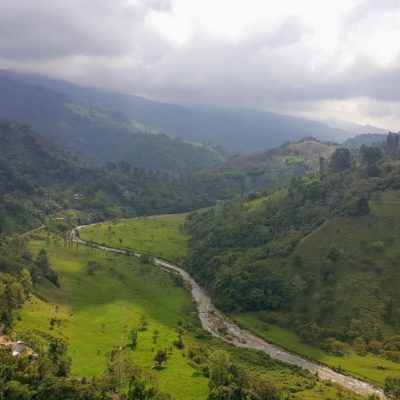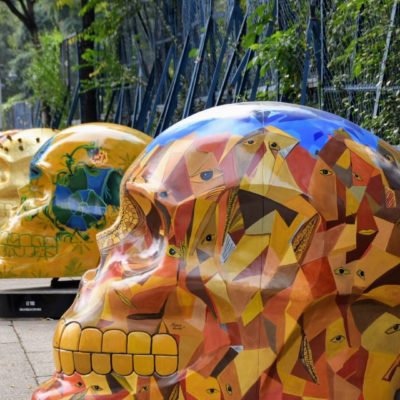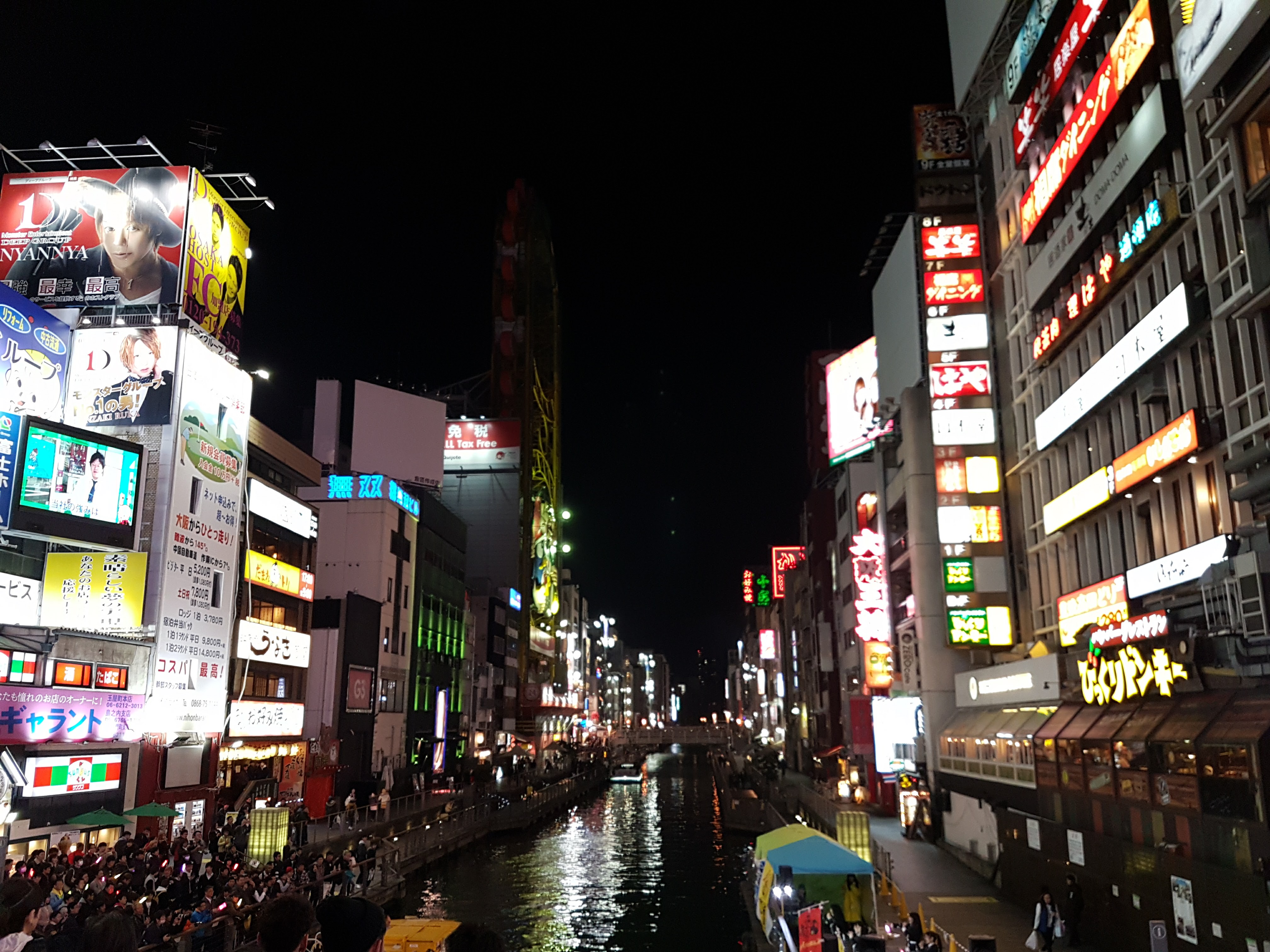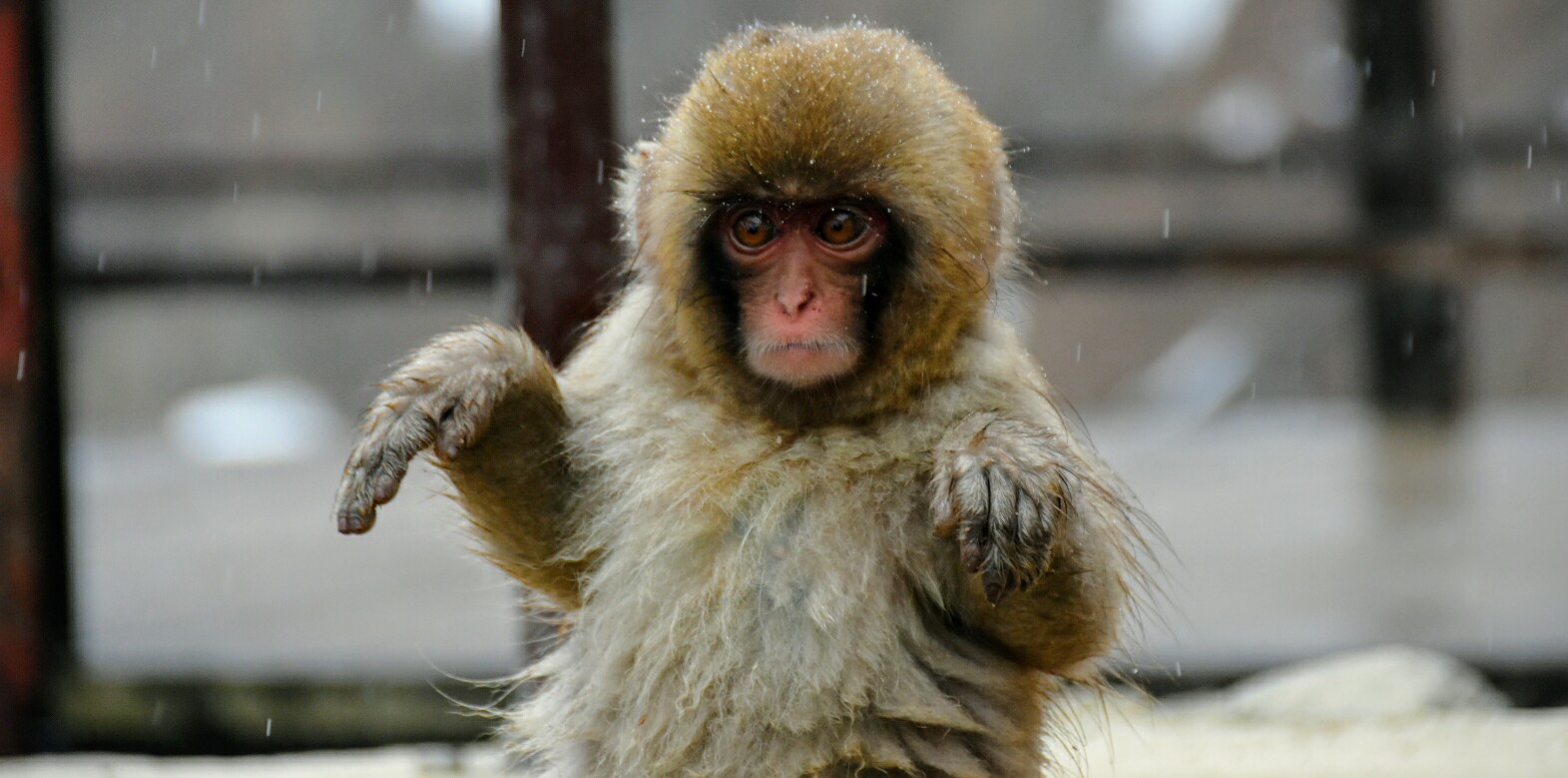In our four months in Asia we’ve seen the horrors of genocide by the Khmer Rouge in Cambodia, the devastation and mutilation caused by (and still affecting four generations later) Agent Orange in Vietnam, the needless bombings that rained over Laos and the legacy of unexploded bomblets and landmines that remain across the entire region and that continue to kill and injure innocent people so many years later. No matter what we’ve seen already though, nothing can desensitise you from seeing the unparalleled destruction and the loss of life caused by the dropping of the first atomic bomb on Hiroshima on August 6, 1945.
On arrival in Hiroshima we dropped our bags at the hotel and headed straight for the Hiroshima Peace Memorial. The building itself is currently half closed due to renovations and expansion work which slightly reduced the amount of exhibitions and information on display but also meant that the venue was twice as busy. Being crammed in between people, I personally found it a little difficult at first to immerse myself and concentrate on the displays. We decided to get away from the crowded rooms and soon found ourselves with the space – physical and mental – to read the stories of the survivors (and those who perished, including the many school children who visited Hiroshima that morning to assist in creating fire breaks); learn more about the scientific side of the bomb and its impact; and see the photos and the remains of buildings, clothing and furniture, all which helped demonstrate the power of the explosion.
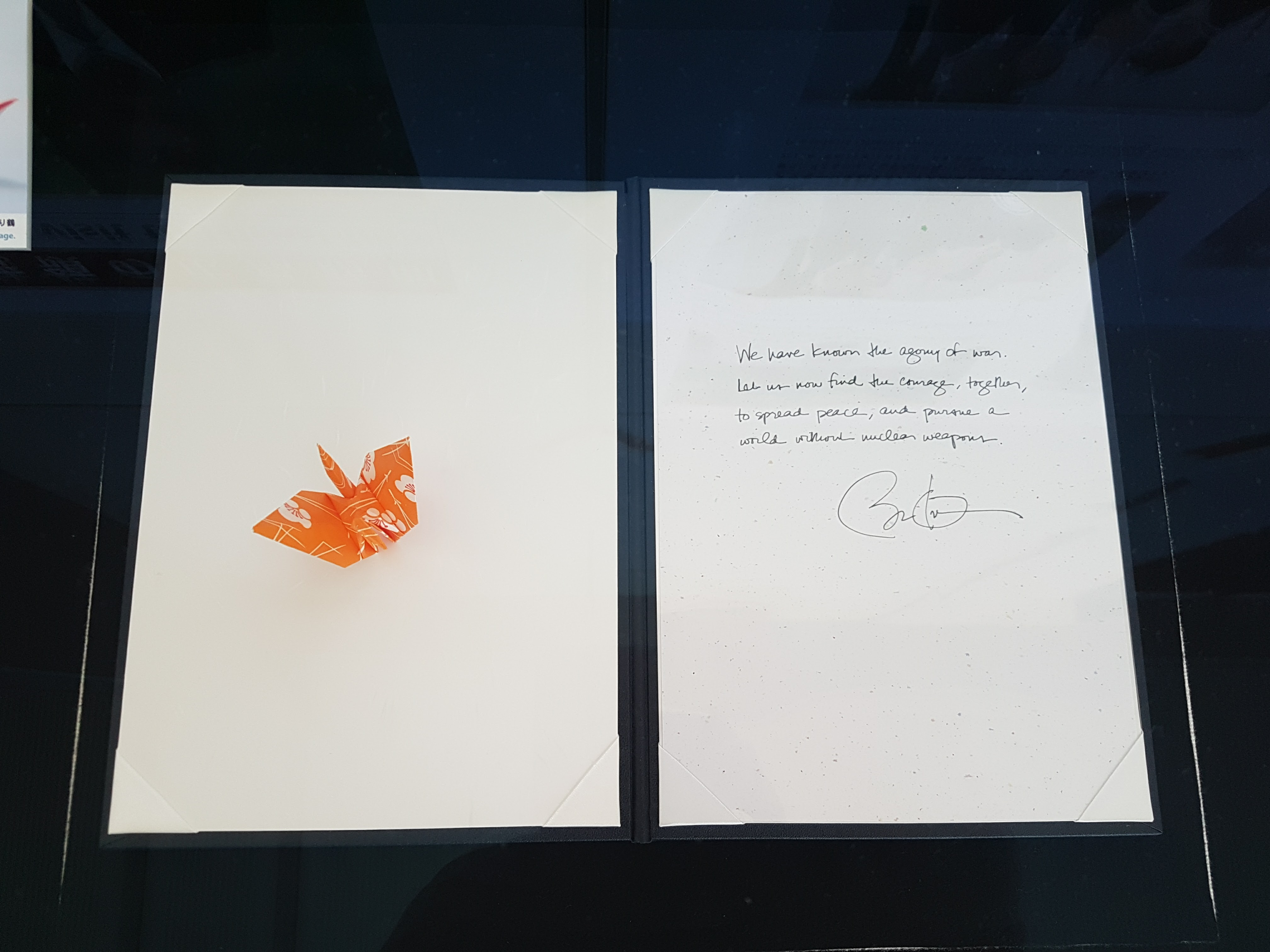
Outside the memorial building there is more opportunity to reflect while viewing the peace dome and the monument to the children killed. The park itself is peaceful and picturesque. Oddly there were bagpipes playing in the background during our visit.
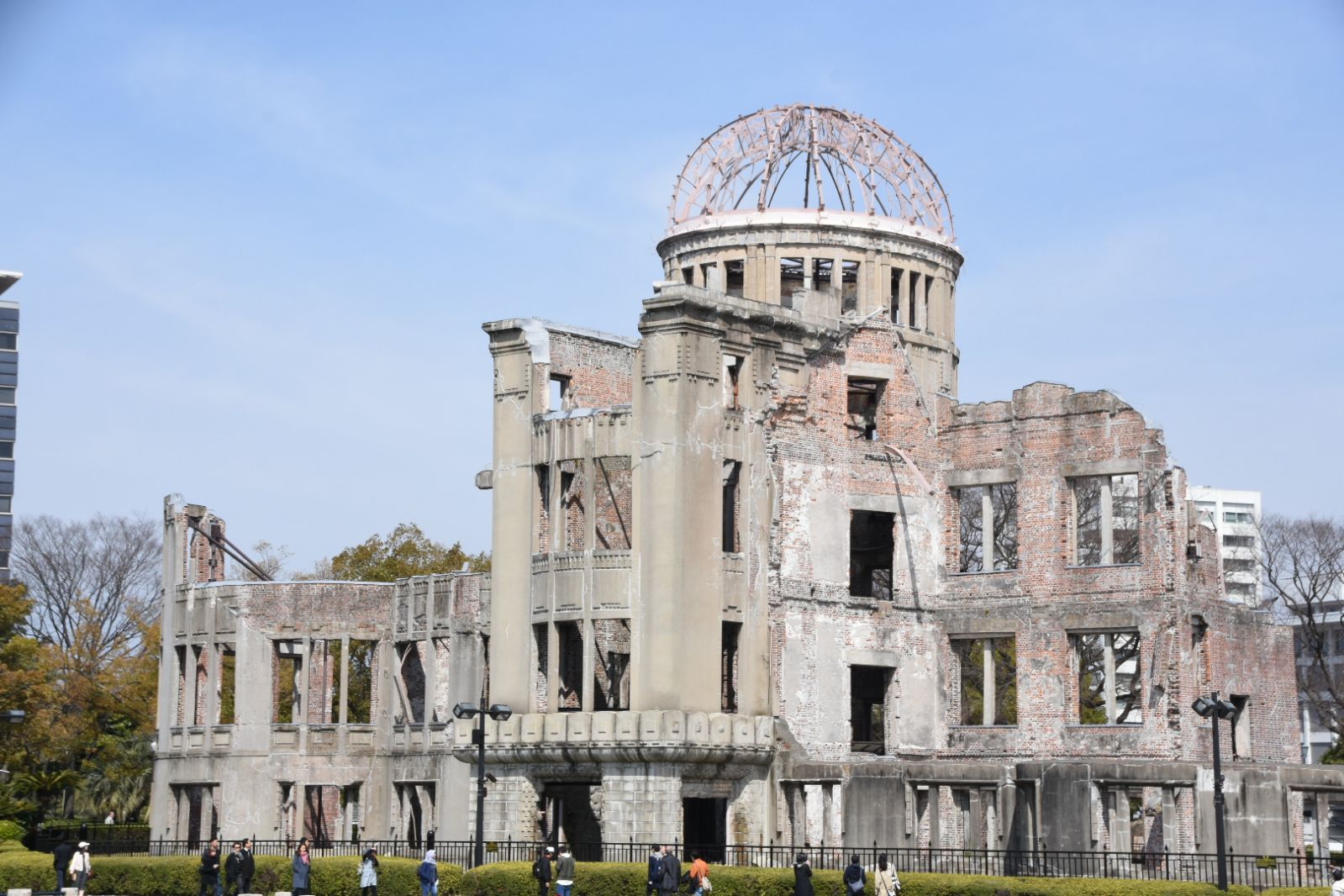
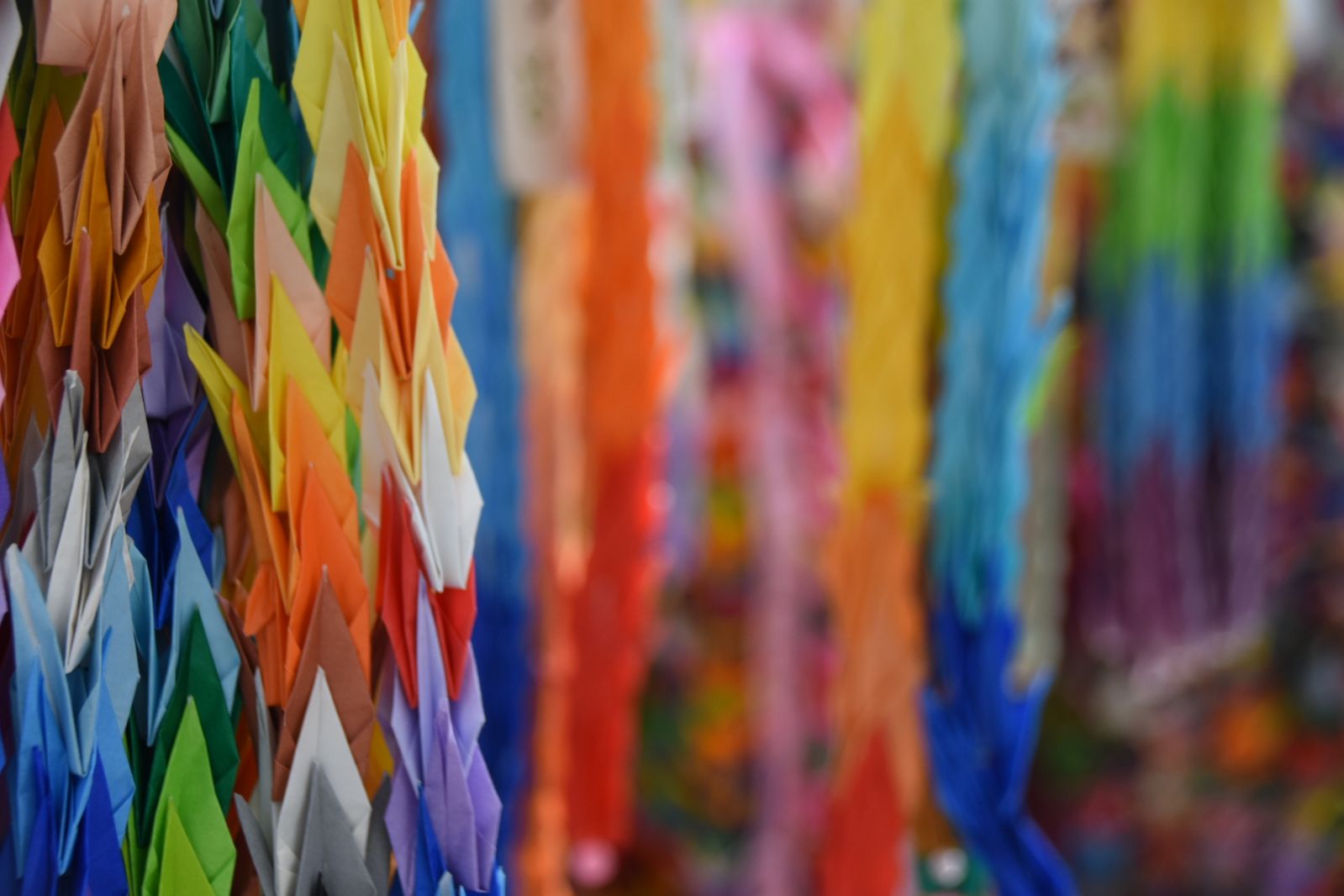
Day two was significantly less depressing! We got a train then ferry (using our JR passes for both – free travel!) to the island of Miyajima, famous for its ‘floating’ torii gate. From the first glimpse on the ferry ride and to the 500 or so photographs that we took once on land, this fairly simple attraction is really quite captivating. The gate looks very different at high tide (where it seems to float) to low tide (where you can walk out and touch it – or as we discovered, try [and fail badly and repeatedly] to flick coins and have them land on the beams).
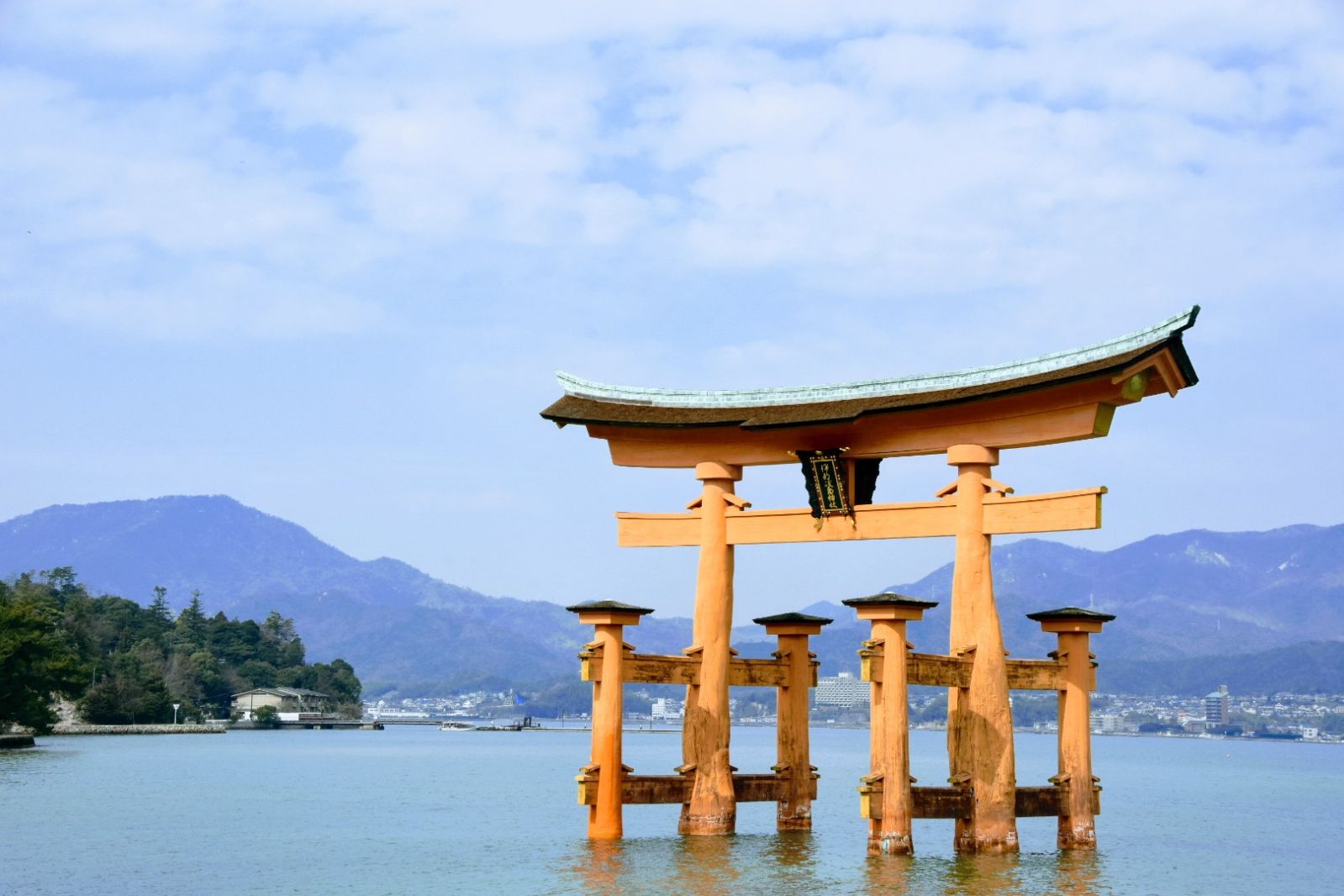
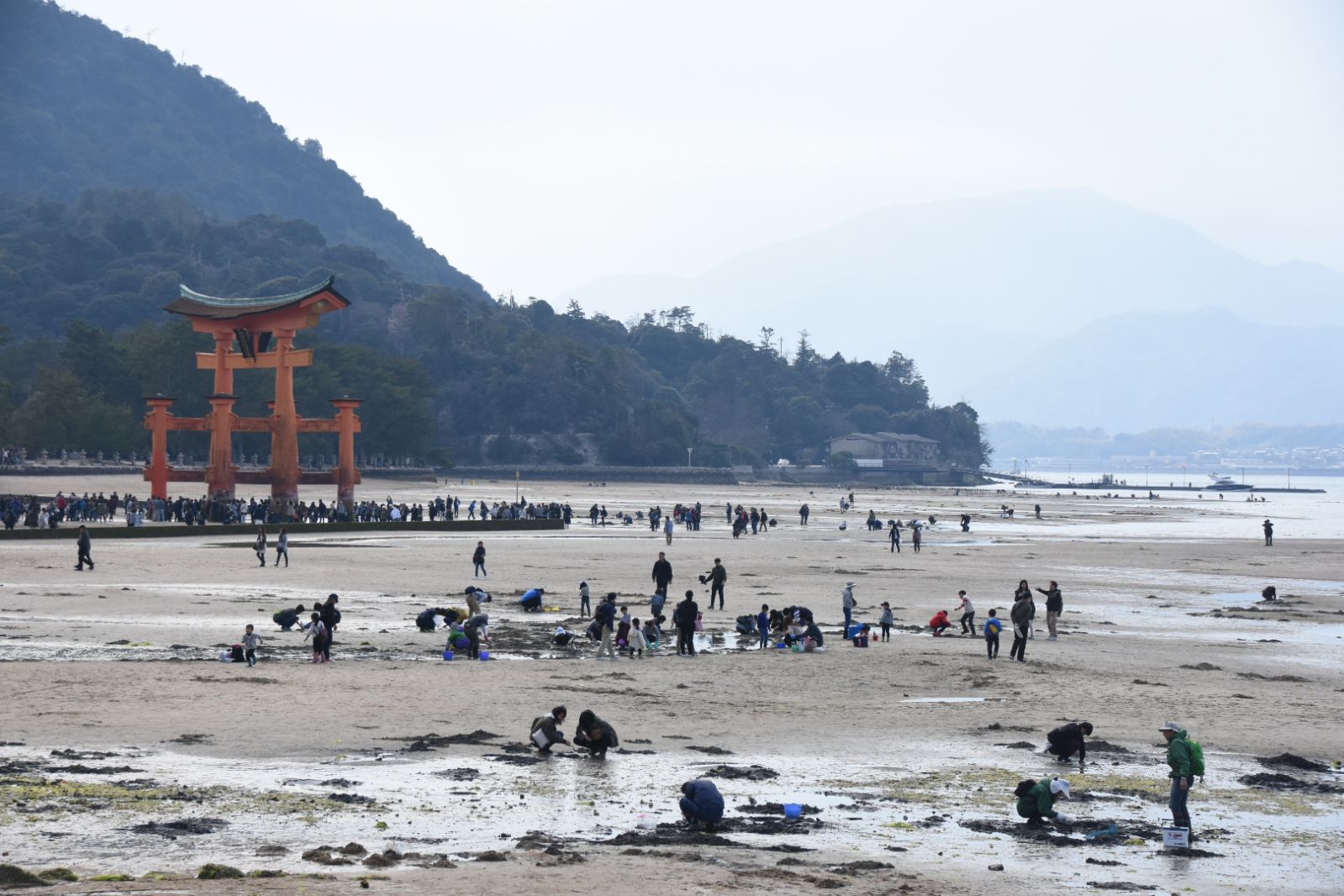
We arrived in the morning for high tide and very productively filled in the time waiting for the tide to go out by hiking up Mount Misen. There are three different trails possible (and a cable car, referred to as a ropeway, for those that don’t want to hike and which Lila and Rob used – slackers!). We went up the Daisho-in Route which starts from my favourite temple on the island. The Daisho–in Temple which is filled with colourful Buddha gnomes and decorations – I know it may be a weird description of a sacred place but this temple is like a fun playground!
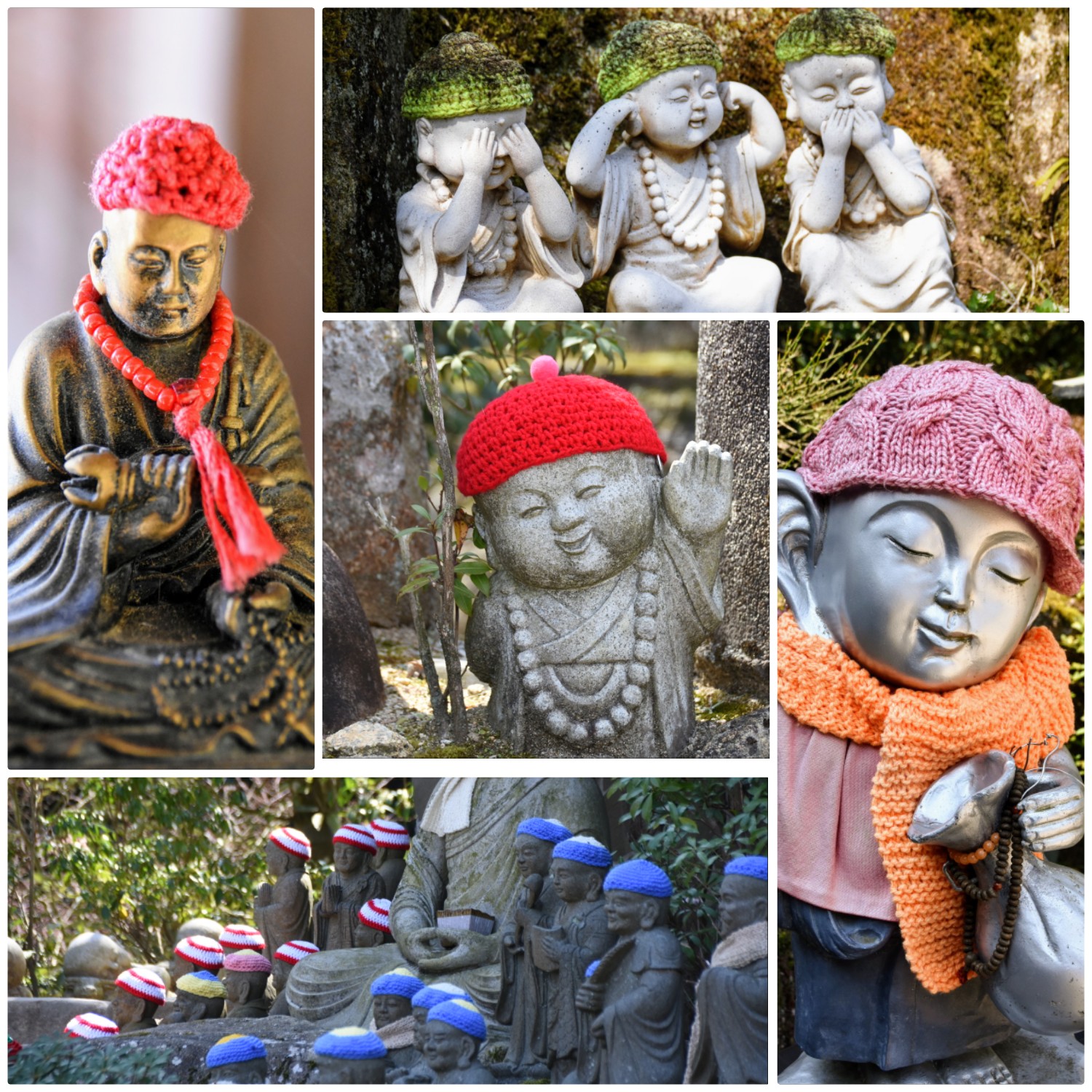
After too many pics at the temple we hiked up the 2000+ stone steps with some pretty good views along the way! Guidebooks say allow 90 to 120 minutes to reach the top, but being in decent form at the moment we did it in 57 minutes. Yay us!
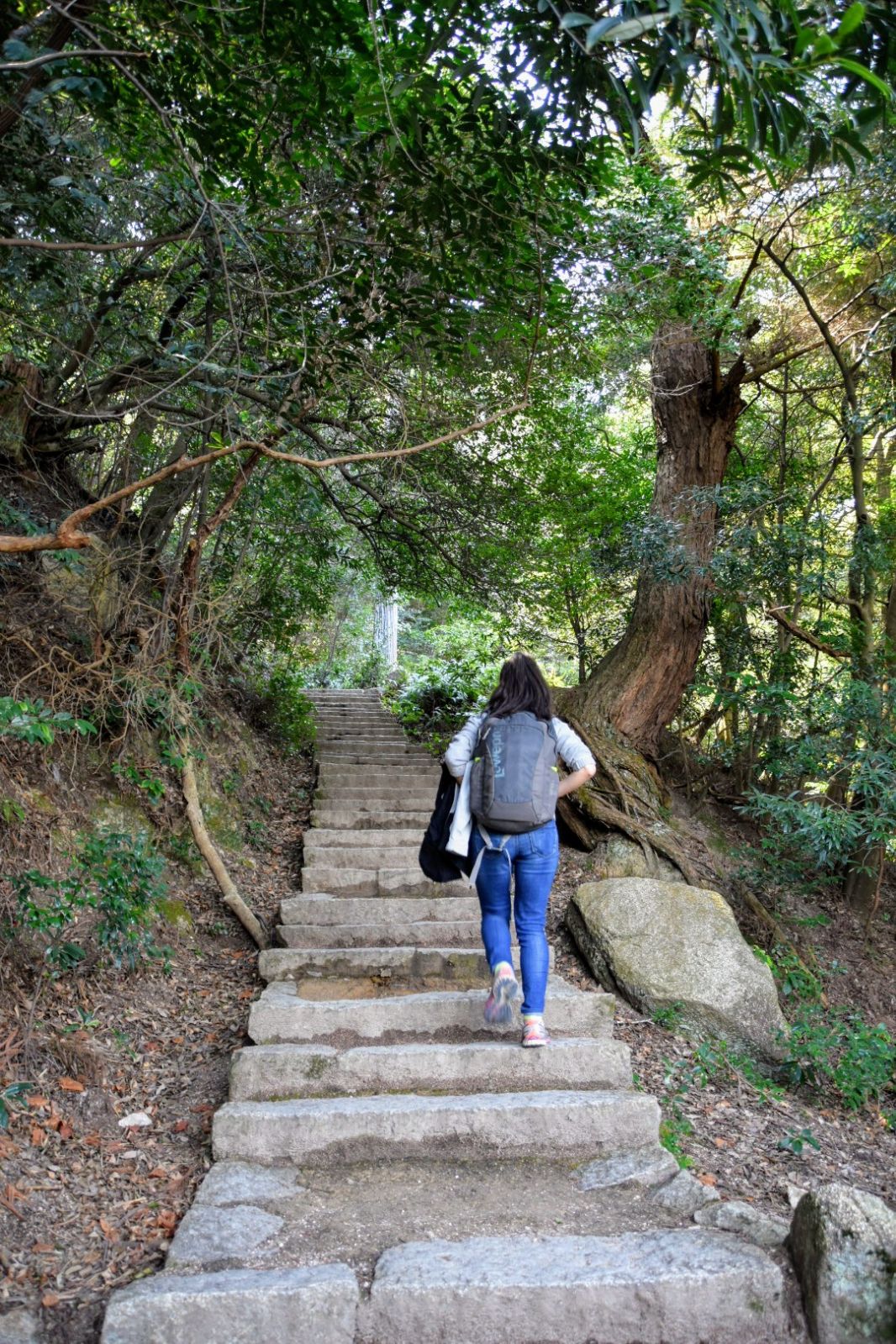

There is a rewarding view from the top. After taking a few pics, we walked over to the ropeway to say hi to Lila and Rob who took almost as long in the cable car queue as our hike. We then descended using a different route, the Omonoto, which was easier but less exciting. We didn’t see many international tourists on the hike up or down though there were plenty up top. We did see lots of hard-core Japanese hikers though, complete with full hiking gear and walking poles – they take this stuff serious! Almost everyone we saw smiled and said konichiwa to us as we went past – many laughing and adding “oooh hott-o” when they saw my beads of sweat as we neared the top.
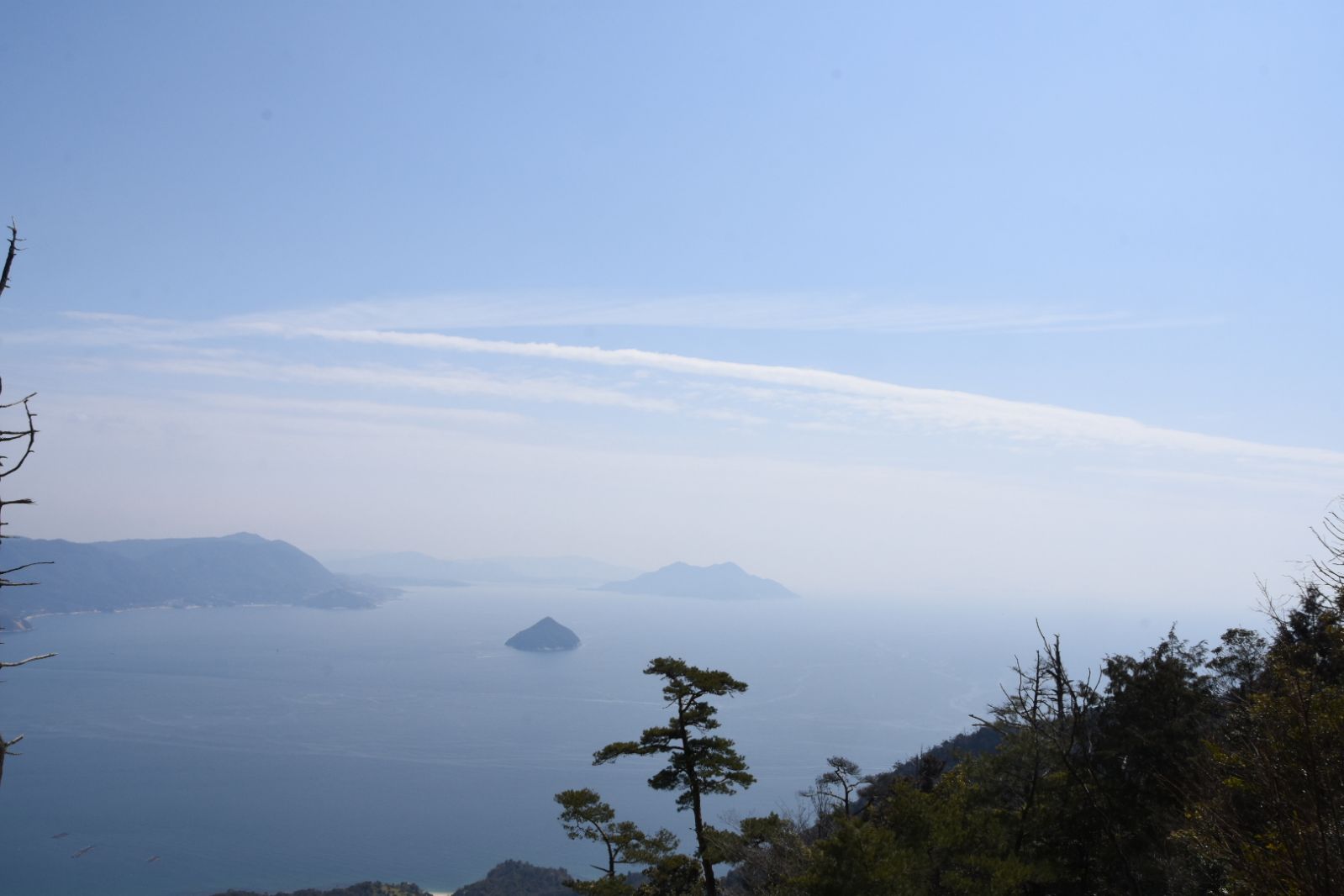
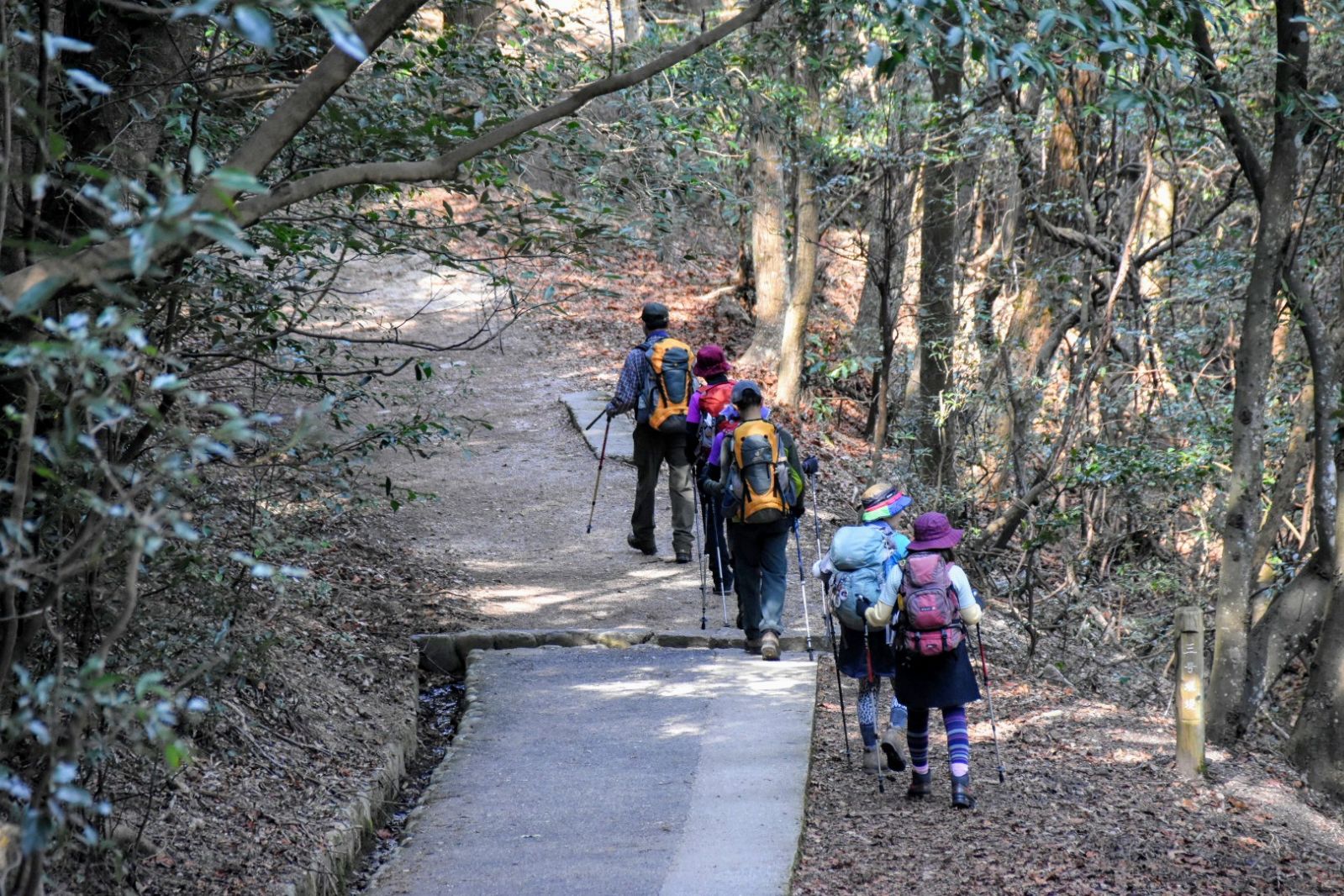 Fortunately there were no giant bells to ring to scare the bears away on this trek but there were signs to beware of Mamushi every few minutes!
Fortunately there were no giant bells to ring to scare the bears away on this trek but there were signs to beware of Mamushi every few minutes!
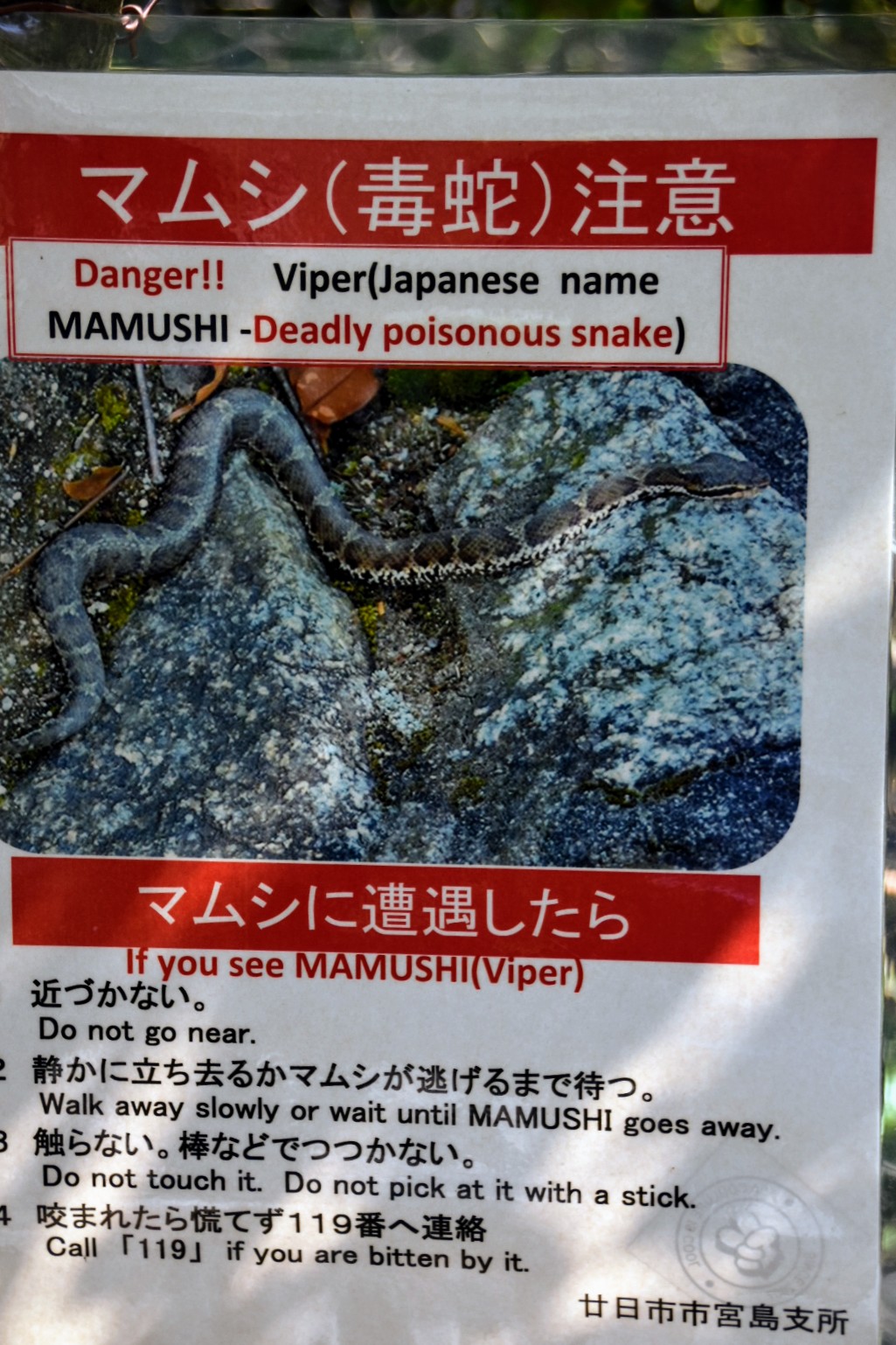
As always, I can’t write and not mention food! We were suffering from restaurant fatigue. OK, this will make those who have real jobs and problems a little mad but after eating out for most meals for four months it gets a bit tiring dealing with the whole ordering, sitting, paying game. So we had dinner both nights in our hotel room – there was a decent takeaway restaurant attached to the hotel. There were three highlights to call out though.
Okonomiyaki at Nagata-ya a few minutes walk from the Peace Memorial Park. We loved these Japanese style pancakes in Osaka (Read more on our Osaka post) and were eager to compare with the Hiroshima version. The main differences from the Osaka style is that Hiroshima okonomiyaki includes noodles (you can choose either Udon or Soba – we all went for soba which is more traditional) and the pancake ingredients are layered whereas the Osaka okonomiyaki was (aggressively) mixed. Both were amazing and we spent the meal debating which was better. Overall Hiroshima won the battle as it was a little more complex and substantial with the addition of the noodles. If I ever find a restaurant serving these outside of Japan I’ll happily jump in line to try!
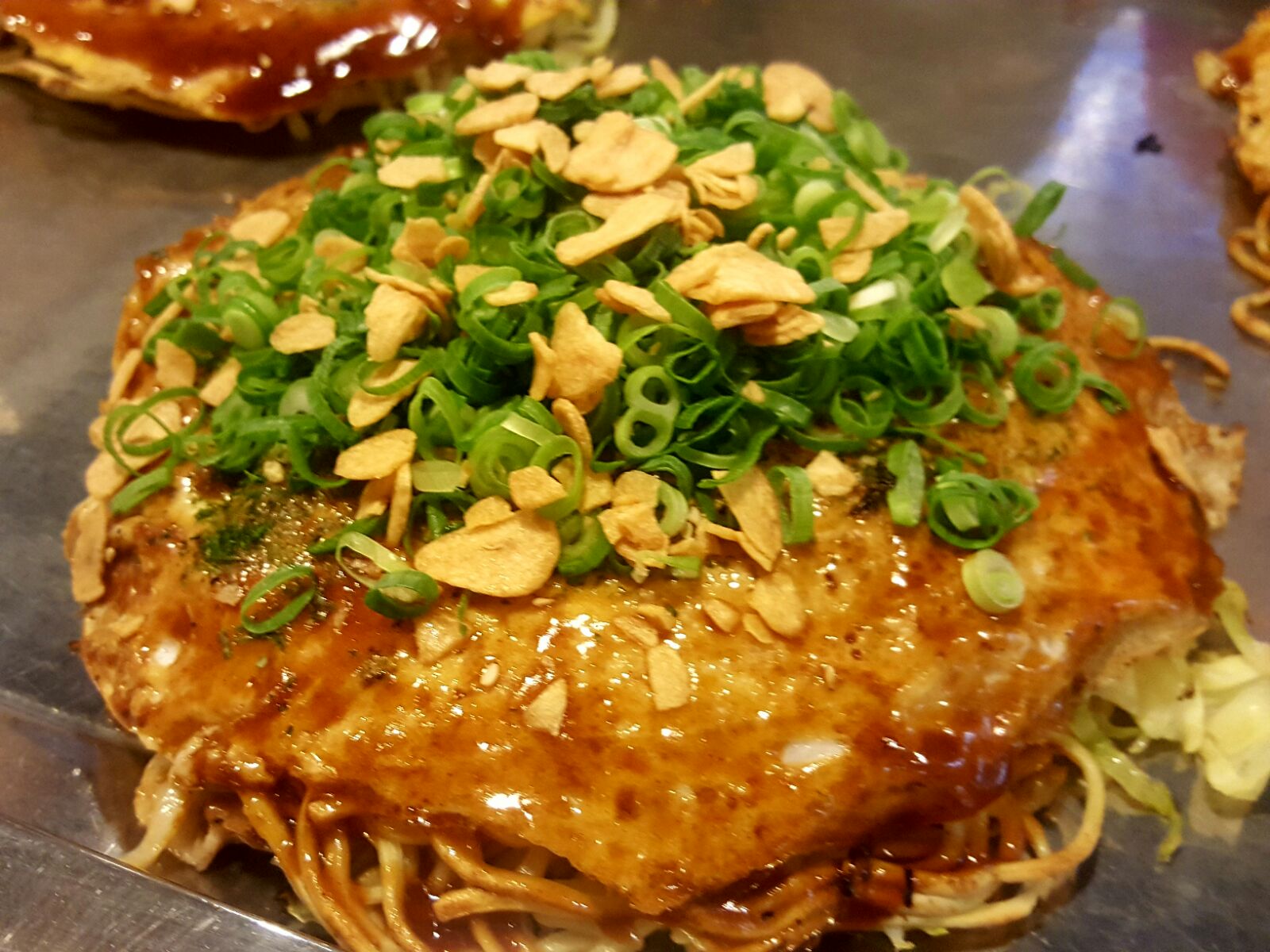
Miyajima is famous not just for the torii gates but also for its great seafood, especially oysters. Jen and Rob wasted no time at all and devoured grilled oysters from a stall near the torii gates.
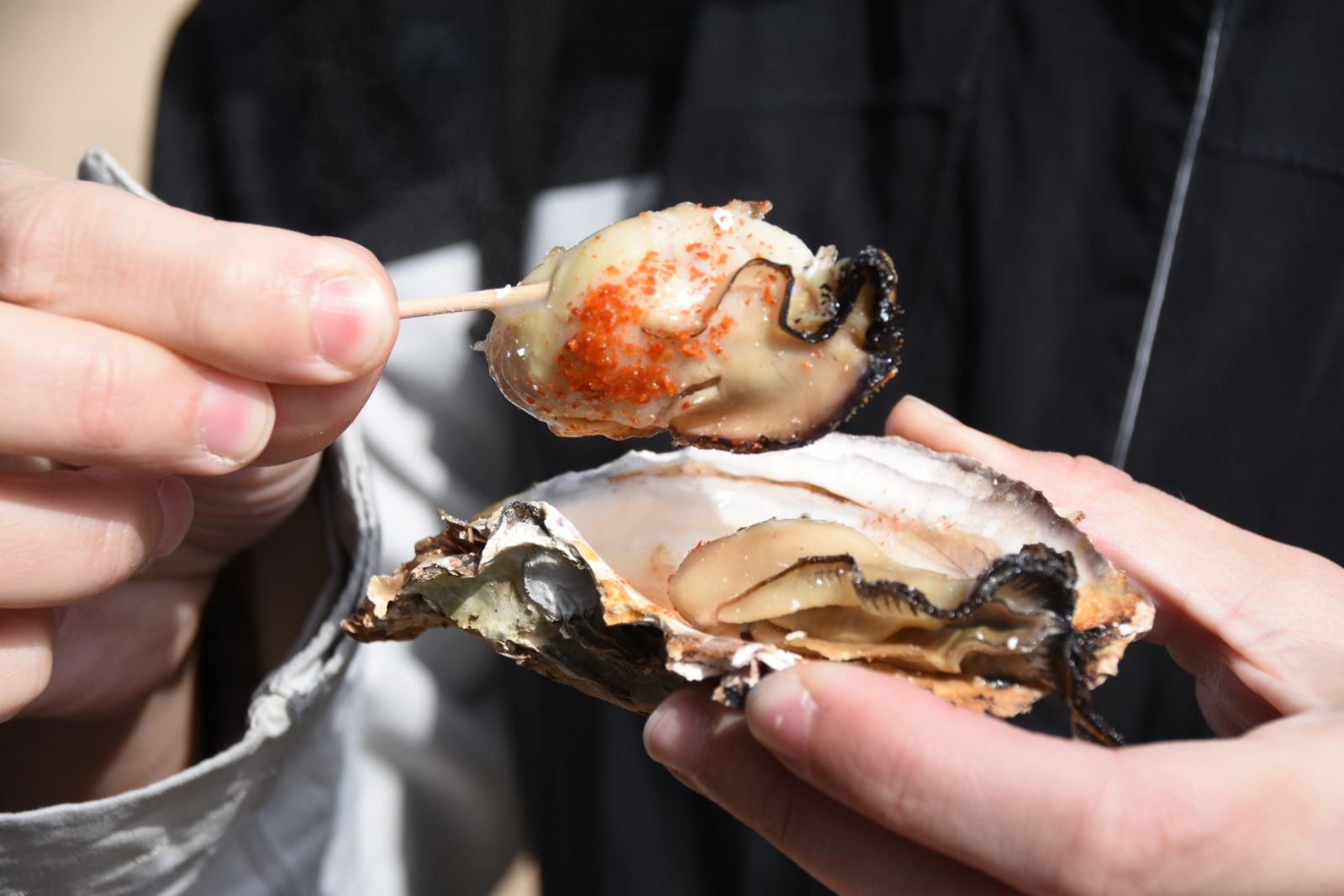
There are countless seafood restaurants on Miyajima, all very tourist accessible – I think we found ours on Google maps or Trip Advisor, it was good but I’m sure there are others equally as good and I can’t remember the name of ours! Miyajima is also famous for sweets known as Momiji Manju. These are maple leaf shaped cakes which are on sale across the island and which come in many flavours. It is worth grabbing a few to try!
Although I started this blog by saying that we headed straight to the Peace Memorial that is not strictly true. As with most days in Japan we first headed for great coffee – this time at Obscura Coffee Roasters a short walk from the Memorial Park. A very cute place with a very friendly lady serving great single origin coffee. Definitely recommend this on route to the park.
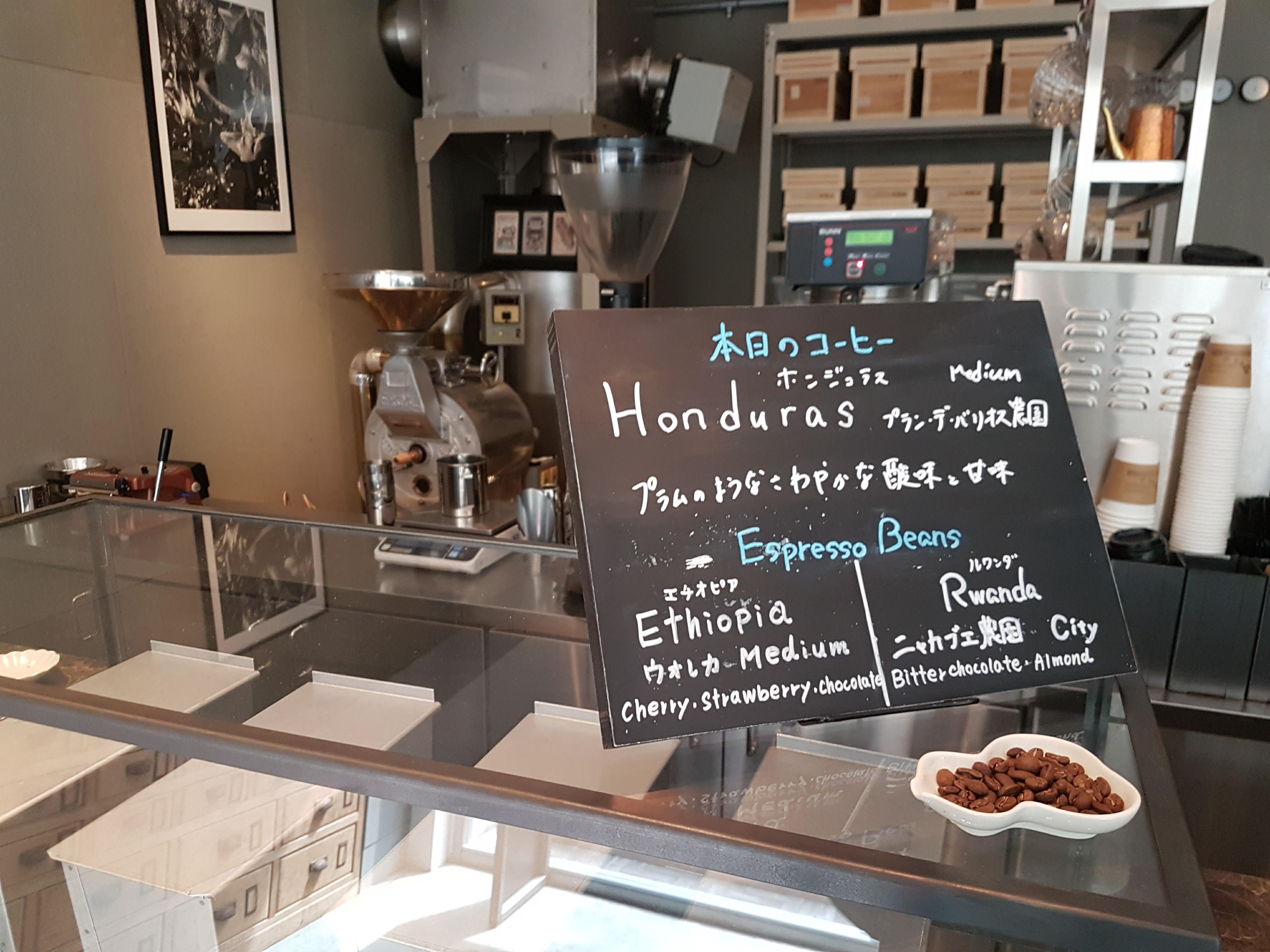
Overall, two busy days was sufficient in this area but we could have happily stayed another day.
Next up: back on the Shinkansen bound for Kyoto.
